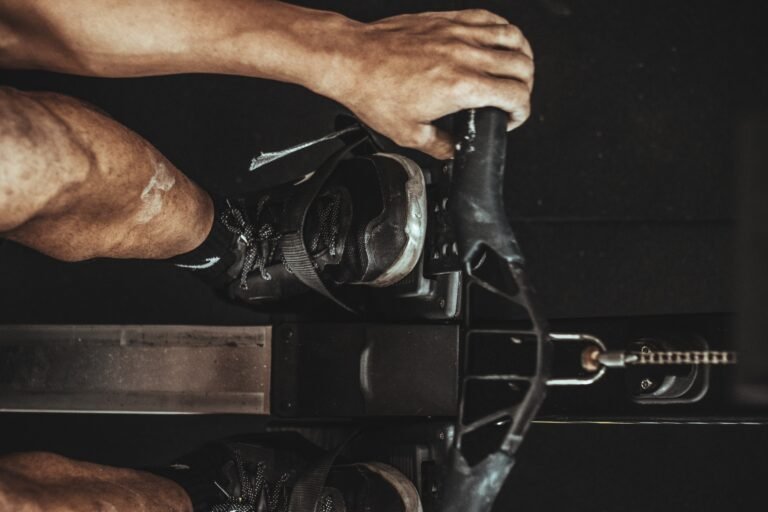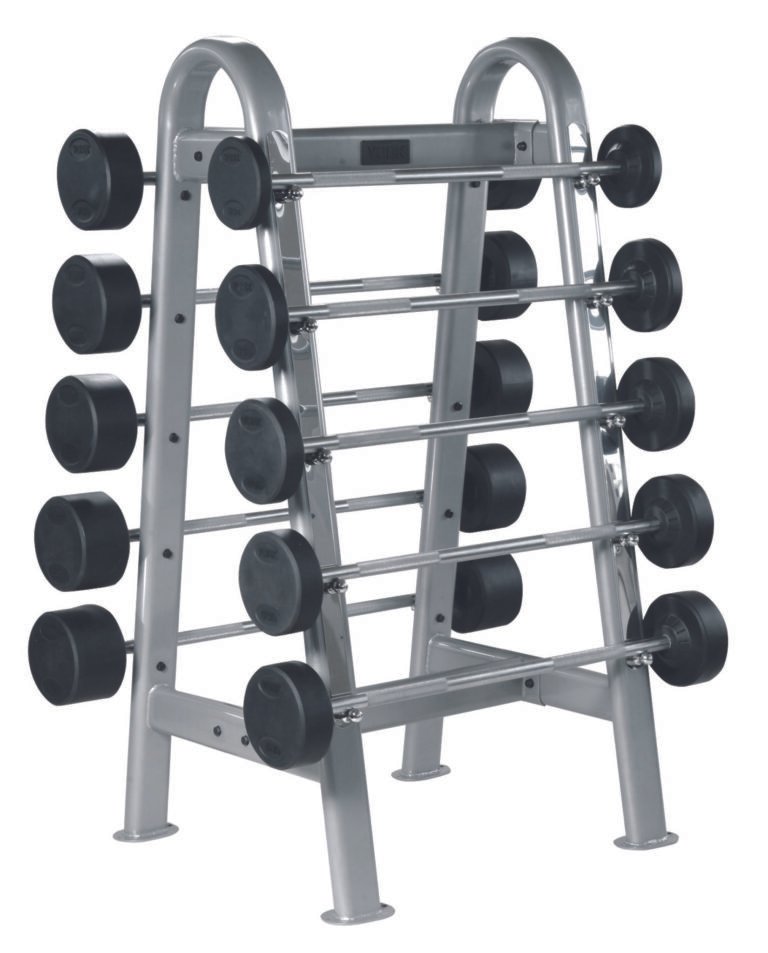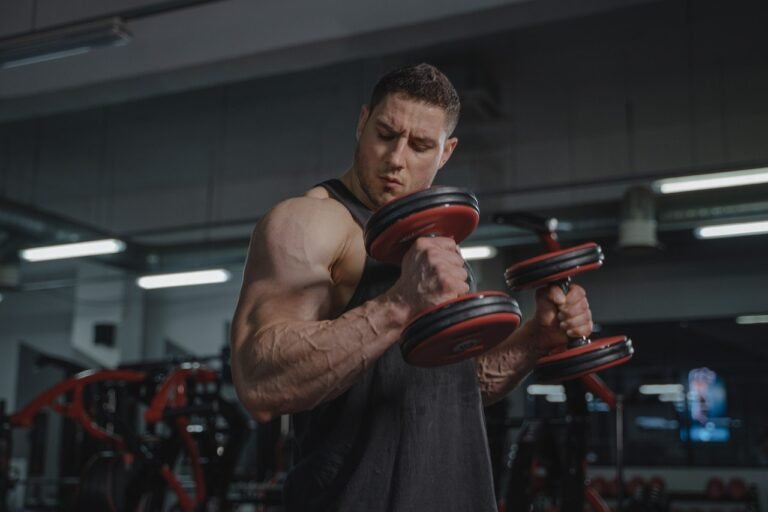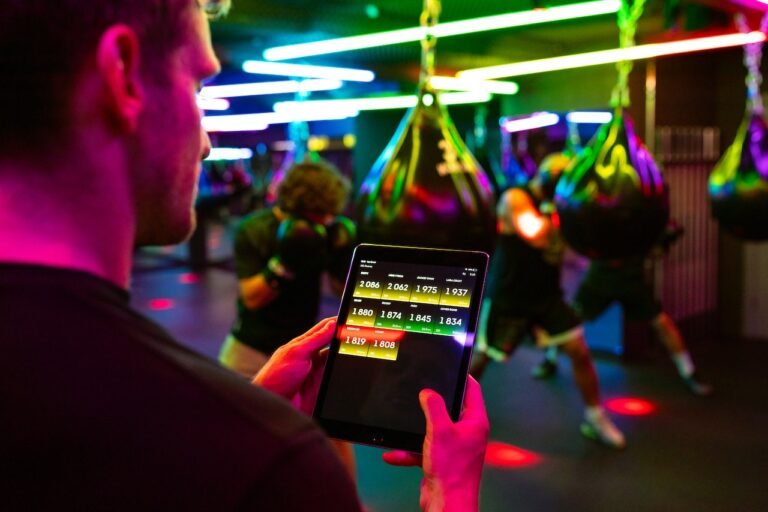Cast Iron Plate: Enhancing Muscle Build & Powerlifting Mastery
When it comes to outfitting a gym with weights, cast iron plates are a staple. However, the use of these plates can differ significantly between a commercial gym setting and a home gym environment. Commercial gyms often opt for a variety of plate weights to accommodate a diverse clientele, ranging from beginners to advanced lifters. These environments necessitate a broader selection to ensure availability during peak hours. Conversely, home gym users typically have more specific needs based on personal goals and space considerations, leading to a more curated selection of plates.
Durability is a hallmark of cast iron plates, making them a preferred choice in both settings. Yet, the high traffic of a commercial gym requires plates that can withstand constant use and abuse. In a home gym, the focus might shift towards customization and space-efficiency – choosing plates that fit one’s unique regimen and storage capabilities.
Cast Iron Plate Challenges: Boost Your Strength and Stamina
Introducing cast iron plate challenges can be a game-changer in a fitness journey. These challenges involve using the plates in various lifting and static exercises to push one’s limits. For instance, incorporating timed sets with a fixed weight can enhance both muscular endurance and strength. Alternatively, progressively increasing the weight used in a traditional lift can challenge the muscles, forcing them to adapt and grow stronger.
These challenges not only test physical prowess but also build mental toughness. The simple act of lifting a cast iron plate can become a testament to one’s stamina as it requires sustained effort and concentration.
Selecting the Right Weight: A Buyer’s Guide to Cast Iron Plates
Choosing the correct weight for cast iron plates is crucial for both safety and progression in strength training. Beginners might start with lighter plates, focusing on form and technique before adding weight. Intermediate and advanced lifters may already have a clear understanding of their capabilities and can purchase accordingly. It’s essential to consider the weight increments as well. Gradual increases are preferable, as they allow for a steady progression in strength without compromising form.
When purchasing cast iron plates, also consider the grip and finish. Plates with handgrips can be easier to handle, especially when setting up or breaking down heavy loads. The finish can affect durability and maintenance—look for plates with a rust-resistant coating to ensure longevity.
The Science of Muscle Building with Cast Iron Plates
Muscle hypertrophy, the increase in muscle size, is induced through consistent and progressive resistance training. Cast iron plates are particularly effective due to their ability to provide the necessary resistance to challenge muscle fibers. The key to muscle building is progressive overload, which involves gradually increasing the weight, frequency, or number of repetitions in your strength training routine.
The density and mass of cast iron plates make them ideal for compound movements such as squats, deadlifts, and bench presses. These movements recruit multiple muscle groups, leading to a more efficient and effective workout. Consistency with these exercises, using the plates, helps create the tension required to initiate muscle growth and strength gains.
Cast Iron Plates: The Foundation of Olympic Weightlifting
Olympic weightlifting is a sport that consists of two lifts: the snatch and the clean and jerk. Both require precise technique, explosive power, and stability. Cast iron plates serve as the foundation of training for these lifts due to their standardized weight and durability. The predictable balance of these plates is vital when athletes are lifting multiples of their body weight overhead.
For those training in Olympic weightlifting, the consistency of using cast iron plates can make a significant difference in their technique development. The feel of the lift remains constant, allowing for subtle adjustments and improvements in form.
Expert Tips for Safe Lifting with Cast Iron Plates
Safety should always be paramount when lifting weights, particularly when using cast iron plates. Experienced lifters recommend starting with a thorough warm-up to prepare the muscles and joints for the load to come. When lifting, it’s imperative to maintain proper form to prevent injury—this means a neutral spine, engaged core, and controlled movements.
Furthermore, when using plates, ensure that they are securely fastened to the bar with collars to prevent slipping. Always have a spotter when attempting maximal lifts, and if lifting alone, consider using safety racks or a power cage. Lastly, listen to your body; while it’s essential to challenge yourself, it’s just as crucial to recognize when to back off.
Cast Iron Plate Workouts for Serious Strength Gains
When it comes to amping up your strength training routine, few tools are as straightforward and effective as the cast iron plate. These plates offer an old-school vibe paired with the raw feeling of powerlifting history. By integrating them into your workouts, you target multiple muscle groups, enhance your functional strength, and make serious strength gains.
An effective workout might begin with the basics: squats, presses, and deadlifts. These compound movements are the cornerstone of strength training, and when executed with a cast iron plate, they force your muscles to engage in a stabilizing battle. This not only builds muscular size and strength but also enhances core stability.
How to Choose the Right Cast Iron Plate for Your Fitness Level
Selecting the appropriate cast iron plate for your fitness journey is crucial. Beginners might want to start with lighter plates ranging from 2.5 lbs to 10 lbs. These allow for a focus on form and steady progression. Intermediate lifters can go for a wider range, from 10 lbs to 45 lbs, as they have usually developed the technique and strength necessary for heavier lifts.
For the seasoned athletes, heavy plates become part of regular training. However, regardless of your fitness level, it’s essential to ensure that the plates you select fit the standard Olympic barbell (2-inch center hole). Proper fit is key to safety and performance.
Read Also:
The Durability of Cast Iron Plates: A Lifetime Fitness Investment
Durability is where cast iron plates really shine. Designed to withstand drops and the rigors of heavy use, they’re less likely to crack or break compared to other materials. This resilience makes them a one-time investment for your home gym, provided they’re cared for correctly. It’s a simple equation: the fewer moving parts, the fewer things that can go wrong.
Incorporating Cast Iron Plates into Your CrossFit Routine
CrossFit enthusiasts understand the value of versatile equipment, and cast iron plates fit the bill perfectly. They can be used for a variety of exercises that are staples in the CrossFit regimen, such as thrusters, cleans, and snatches. The simplicity of these plates allows for quick transitions and a focus on explosive power—a crucial element in CrossFit.
The Ultimate Guide to Cast Iron Plate Exercises
Your guide to exercises with cast iron plates should go beyond the obvious. Beyond deadlifts and squats, consider weighted hip thrusts for glute development, or plate carries for grip strength and endurance. You can also hold the plate to your chest for added resistance during lunges, or use it overhead to challenge your stability during lunges or squats.
Cast Iron Plates vs. Bumper Plates: What’s Best for Your Home Gym?
The debate between cast iron plates and bumper plates is ongoing. Bumper plates are designed to be dropped from height, making them ideal for Olympic lifts. However, they are generally more expensive and take up more space. Cast iron plates, on the other hand, are more compact, cost-effective, and are suitable for a wider range of exercises, though they’re not designed for repeated drops. When deciding, consider your training style, budget, and space constraints.







